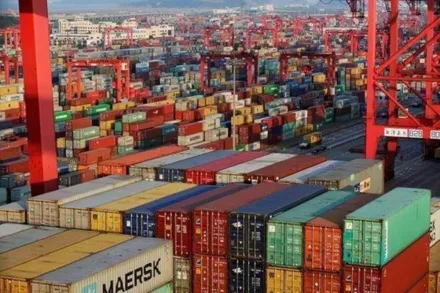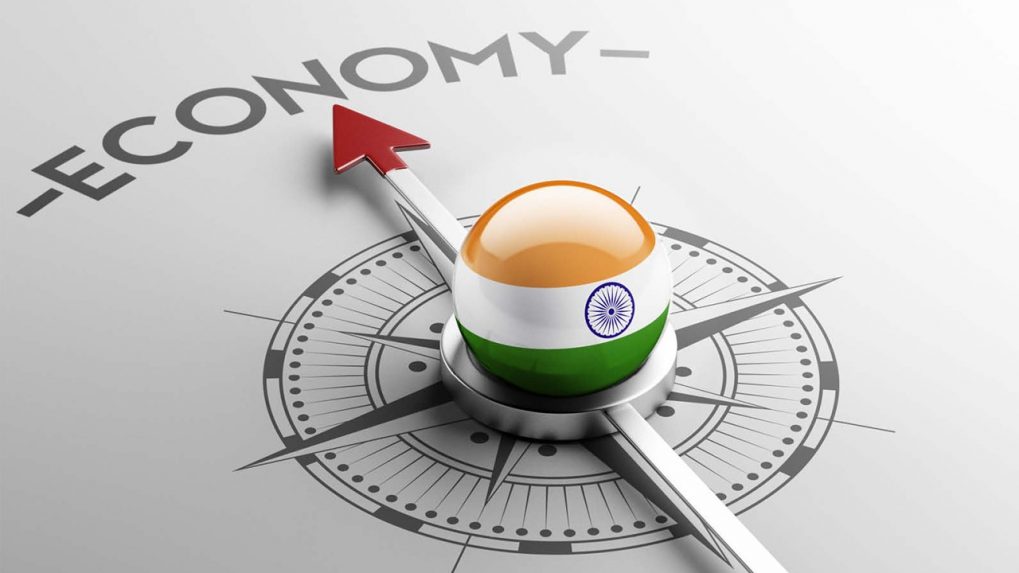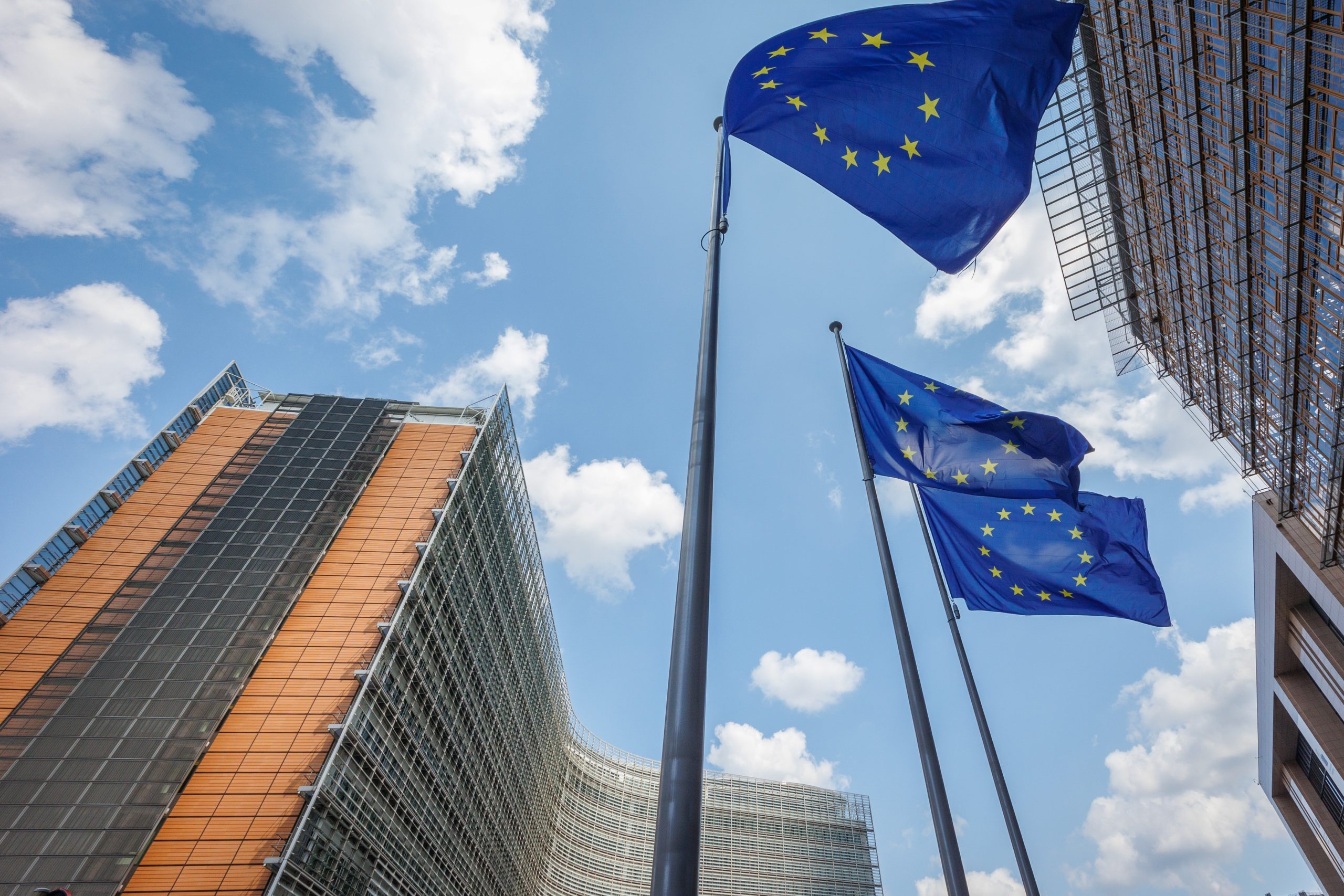- Courses
- GS Full Course 1 Year
- GS Full Course 2 Year
- GS Full Course 3 Year
- GS Full Course Till Selection
- Answer Alpha: Mains 2025 Mentorship
- MEP (Mains Enrichment Programme) Data, Facts
- Essay Target – 150+ Marks
- Online Program
- GS Recorded Course
- Polity
- Geography
- Economy
- Ancient, Medieval and Art & Culture AMAC
- Modern India, Post Independence & World History
- Environment
- Governance
- Science & Technology
- International Relations and Internal Security
- Disaster Management
- Ethics
- NCERT Current Affairs
- Indian Society and Social Issue
- NCERT- Science and Technology
- NCERT - Geography
- NCERT - Ancient History
- NCERT- World History
- NCERT Modern History
- CSAT
- 5 LAYERED ARJUNA Mentorship
- Public Administration Optional
- ABOUT US
- OUR TOPPERS
- TEST SERIES
- FREE STUDY MATERIAL
- VIDEOS
- CONTACT US
Arctic Sea Ice Influence on Indian Monsoon Patterns
Arctic Sea Ice Influence on Indian Monsoon Patterns
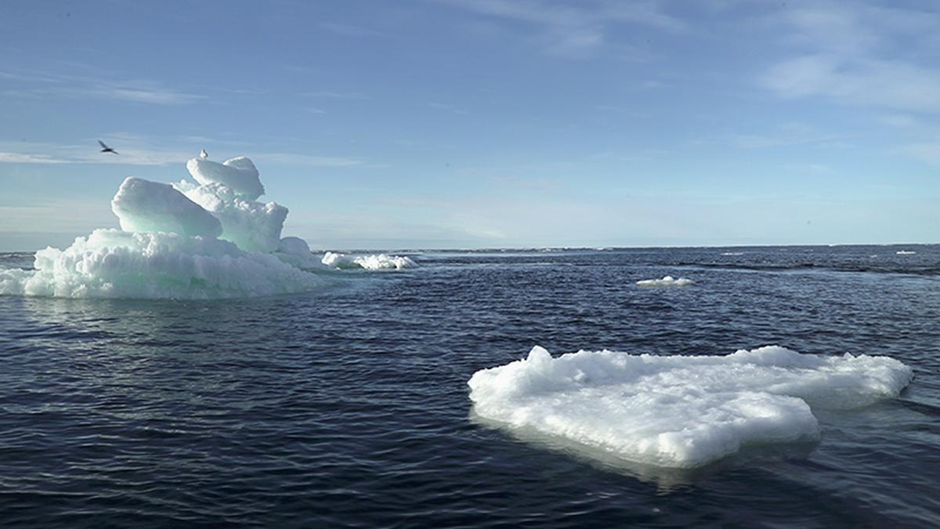
Recent Developments:
- Heavy Rainfall Impact: Incessant rainfall in India’s southeast has resulted in at least 17 deaths in Andhra Pradesh and widespread flooding in Telangana. The Indian Meteorological Department has issued warnings for heavy rains in Gujarat, Himachal Pradesh, and Delhi.
- Monsoon Variability: The Indian monsoon has increasingly become unpredictable, causing both droughts and floods, primarily attributed to climate change.
Research Insights:
A study published in Remote Sensing of Environment by researchers from India's National Centre for Polar and Ocean Research (NCPOR) and South Korea's Korea Polar Research Institute reveals that Arctic sea ice levels significantly influence Indian monsoon patterns.
Indian Summer Monsoon Rainfall (ISMR):
- Overview: The ISMR occurs from July to September, with the majority of rainfall in July and August. It is crucial for India's agriculture and water resources.
- Mechanism:
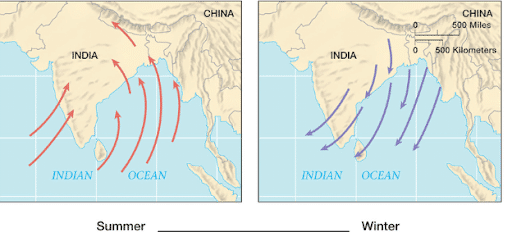
-
- The sun warms the Central Asian and Indian landmass more than the surrounding ocean, creating a low-pressure zone at the Tropic of Cancer (ITCZ).
- Southeast trade winds are deflected towards India, picking up moisture over the Arabian Sea, which is then deposited as rain.
- Split Monsoon: The monsoon divides into two arms:
- Arabian Sea Arm: Brings rain to the west coast.
- Bay of Bengal Arm: Brings rain to the eastern and northeastern regions.
- Convergence: Both arms meet over Punjab and Himachal Pradesh.
Influences on ISMR:
- Climate Models: Recent studies highlight the influence of surface temperatures in the Indian, Atlantic, and Pacific Oceans and the circum-global teleconnection (CGT) on ISMR.
Impact of Arctic Sea Ice on Indian Monsoon:
Research Findings:
- Declining Arctic Sea Ice: Levels of sea ice in the Arctic affect atmospheric circulations that influence ISMR.
- Contrasting Rainfall Patterns:
- Central Arctic: Less ice leads to decreased rain in western and peninsular India but increased rain in central and northern regions.
- Barents-Kara Sea: Low sea ice levels here delay monsoon onset and increase unpredictability.
- Atmospheric Dynamics:
- Increased heat transfer from the ocean to the atmosphere due to melting ice triggers cyclonic circulations, enhancing Rossby waves—large atmospheric waves that influence weather patterns.
- Enhanced Rossby waves create high pressure over northwest India and low pressure over the Mediterranean, affecting the subtropical easterly jet and increasing rainfall in certain regions.
- High-Pressure Regions:
- Low sea ice in the Barents-Kara Sea correlates with high pressure over southwest China and a positive Arctic Oscillation, affecting weather systems globally.
Role of Climate Change:
- Acceleration of Sea Ice Loss: Climate change is speeding up the reduction of Arctic sea ice, increasing the variability of ISMR.
- Effects on Rainfall: This variability can lead to:
- More frequent and severe droughts in some regions.
- Excessive rainfall and flooding in others.
Significance of Monsoon for India:
- Agricultural Backbone: Crucial for food security and livelihoods; supports 55% of rain-fed crops, affecting overall agricultural productivity.
- Water Resource Management: 70-90% of annual rainfall occurs during the monsoon, vital for replenishing water bodies and supporting irrigation and hydroelectric power.
- Economic Impact: Affects rural incomes and consumer demand; poor monsoons can lead to inflation and economic challenges.
- Ecological Balance: Supports diverse ecosystems and impacts biodiversity and habitat health.
- Climate Regulation: Plays a key role in global climate dynamics, interacting with phenomena like El Niño and La Niña.
Arctic Ocean :
- Geographical Context: Smallest ocean, centered on the North Pole, bordered by several countries.
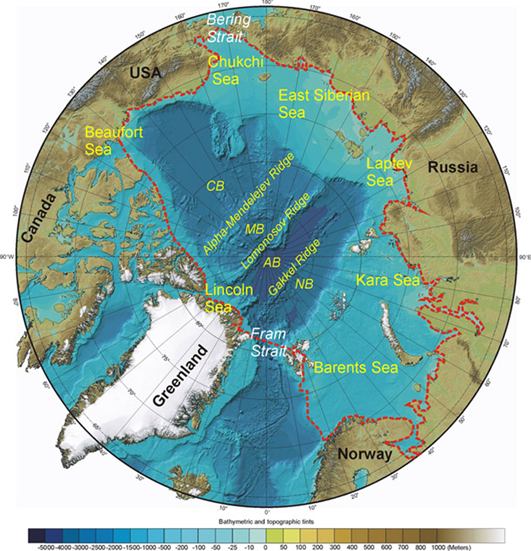
- Key Seas and Ice Coverage: Includes Barents, Kara, Laptev, and others; predominantly covered by seasonal sea ice.
- Climate Change Impacts: Rapid warming leads to diminishing ice cover, new shipping routes, and access to resources, including significant undiscovered oil and gas reserves.
Conclusion:
The interplay between Arctic Sea ice dynamics and the Indian monsoon highlights the profound impact of climate change on global weather patterns. As Arctic ice continues to decline, the resultant changes in atmospheric circulation can lead to increased rainfall variability in India, posing challenges for agriculture, water resource management, and economic stability. Understanding these interconnections is crucial for developing adaptive strategies to mitigate adverse effects on India's socio-economic fabric and ensuring food security in an increasingly unpredictable climate. As global temperatures rise, monitoring and addressing these shifts will be vital for sustaining livelihoods and ecological balance in the region.


